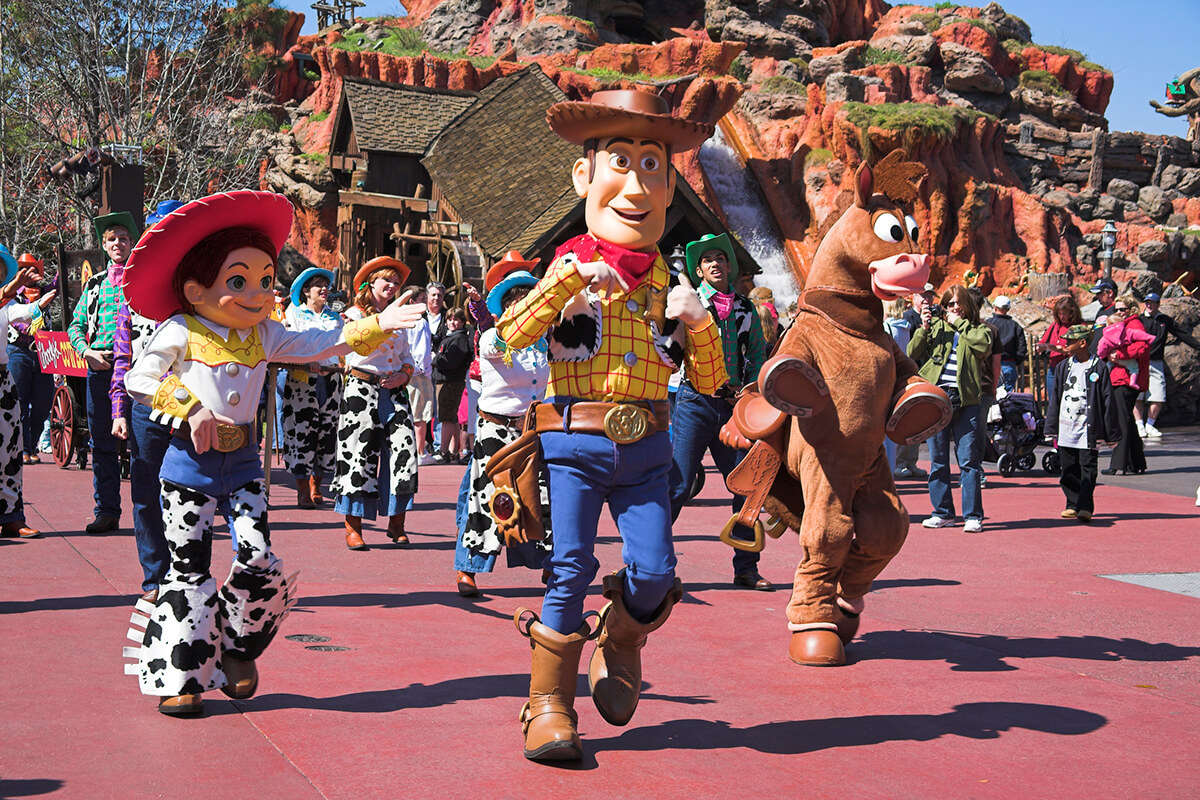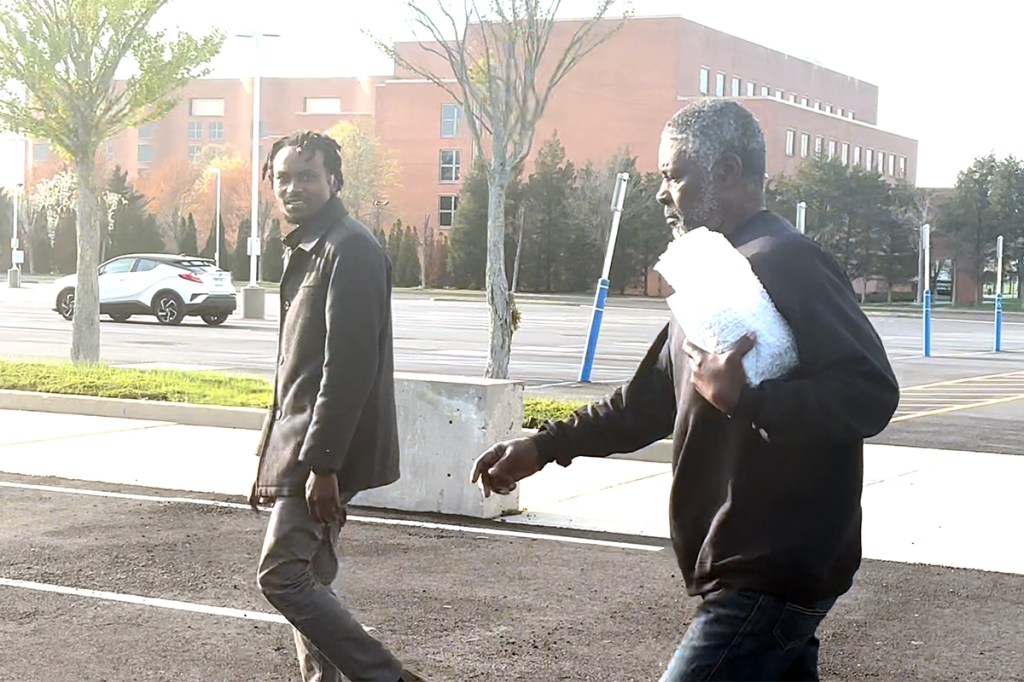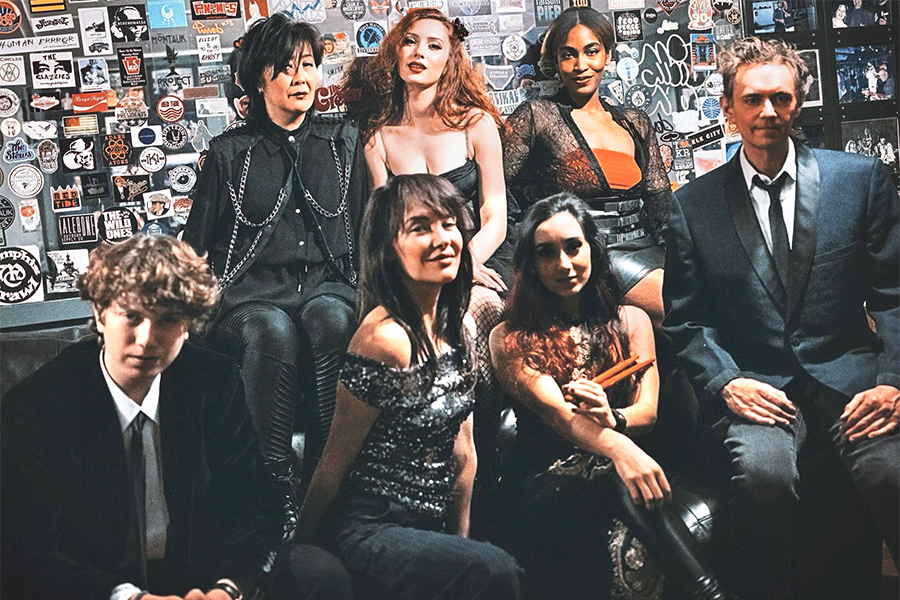Disney's Song of the South, Sleeping Beauty & the Birth of Woke

I love reading books to my 4-year-old granddaughter Sophia. Of course, we stick to the newer ones — the kind filled with brave little girls, clever animals and magical adventures. But then yesterday, down in the basement, I stumbled upon a box of books that I read to my kids when they were Sophia’s age — one of whom is her father. Should I read one to Sophia?
I brought Sleeping Beauty, purchased in 1986, upstairs. I’d gotten it on one of the frequent visits to Disney World we took in the 1970s and 1980s.
What could go wrong?
Sitting side by side on the living room sofa, I began. The book seemed very appropriate to 1986, but, well, not appropriate to 2025.
At every turn of the page, pictures of the very blond and beautiful Sleeping Beauty abound. She’s 6 years old and stunning. Soon, she will grow up and become even more stunning. No one speaks about any of her other attributes — charm, brilliance, intellect. Who knows?
I hesitated. Was I about to introduce Sophia to a world where a girl’s greatest achievement was to look good?
But then, an ugly witch appears and, jealous, casts a spell upon her. When she is 16 she will prick her finger on a spinning wheel, fall into an endless sleep and die.
With that, the witch vanishes. Now three good fairies with magic wands arrive. They can’t reverse the spell, but they can modify it. She could still fall asleep and die, but if a prince hurries and kisses her, she’ll live!
Now, 10 years later comes the prince riding through the nearby woods on a horse. He wears a cape, wields a sword and shield, is square jawed, tall, handsome and alert — a man of action.
The witch is horrified. She must stop him. She sends out her goons who capture and tie him up. But he breaks free and overpowers them. Then the witch surrounds the castle with an impenetrable forest of thorns. But the prince swings his mighty sword, hacks them away and pushes through.
The witch is so mad now, she turns herself into a giant 100-foot dragon. Positioned at the castle gate, she stands tall, snorts fire and waits for the prince’s arrival. Soon the dragon and the prince are furiously battling one another. The dragon forces the prince to the edge of a cliff. If he falls, he dies. But he rallies, moves in and, with that, stabs the dragon in the chest, who dies.
In the end, the prince leans down, kisses the helpless princess, and she wakes. They wed, she has many children, and he slays many dragons.
Hey, what about equal opportunity? This is Disney. Wouldn’t a newer book have her save him?
Sophia seemed okay when I finished, but afterwards immediately asked if I’d read one of her new books, the one about a little girl with a blue balloon who bravely walks through a forest meeting up with animals who talk to the balloon. Can she handle it? Certainly!
I wondered: Today, is there a Sleeping Beauty attraction at the Magic Kingdom?
There is. But it’s politically correct. The prince and princess have only a minor role. Instead, it’s all about the castle. It’s full size, made of stones and concrete and when you start walking down its gloomy corridors, you soon arrive at an alcove where a large children’s book, lit by torches, sits on a stand open to its first two-page spread. The printing is stunningly beautiful gold leaf. You could read it aloud.
Meanwhile, off in the distance, far behind the book, the sleeping beauty story is acted out by cartoon figures on a screen. The princess is born. Further down the corridor, you arrive at pages three and four and off in the distance there is further action. The book ends with the prince giving the princess a kiss.
What do they look like? They’re too far away. You’re left to imagine their heritage any way you want.
Like Sophia.
The fate of Sleeping Beauty put me in mind of a Disney movie called Song of the South, which premiered in 1946 and won Best Picture at the Academy Awards.
During the years when I took my kids to Disney, we saw this movie — twice. In different years. We saw it at the Disney World Fort Wilderness campgrounds. There, after dark, movies were shown on an outdoor screen at a campfire.
In the movie, Uncle Remus, a kindly elderly Black former slave, living on a plantation in the South announces he will tell the story of Br’er Rabbit, a wily character that outwits two other characters, Br’er Fox and Br’er Bear, who try to catch him in a briar patch. Uncle Remus sits on a log as the sun sets and 10 Black children gather around. All are wearing old, worn, ripped clothes. Joining them as he begins now is a 7-year-old white boy, the son of the plantation owner, who has tip-toed out to hear the story too. He wears a suit and bowtie.
As Uncle Remus proceeds, Br’er Rabbit laughs, then hops off singing “Zippity Do Dah, Zippity Yay” a song that also won an Academy Award. But then the white boy’s mother arrives, angrily scolds her son, and takes him home. In the end, Uncle Remus is no longer welcome at the plantation.
In 1987, however, Disney banned Song of the South. Some people thought it romanticized slavery. It made them feel uncomfortable. Disney had the copyright. No permissions anywhere would be granted to allow it to be shown ever again. When I first learned of this, I was shocked. We liked it. And others did too.
Thus, Disney started down the long road through political correctness to the woke place it is today. (In case you didn’t know, it is.) And the movie is still banned.

For the past 40 years, however, a vestige of the film remained. A new attraction appeared at Disney. Called “Splash Mountain,” the three cartoon creatures battle in the briar patch but without the embarrassment of Uncle Remus.
And now, even that is gone. Two years ago, Disney closed “Splash Mountain” and re-made it into a “Princess and Frog Experience” set in Louisiana.
However, Zippity Do Dah remains. If you listen carefully, you can sometimes hear it played in the background aboard transportation buses and monorails that make their way around the park.
The battle for men and women’s minds continues.



